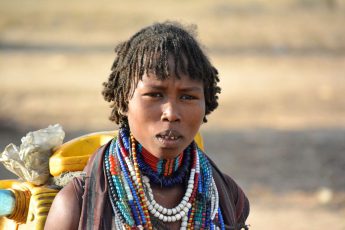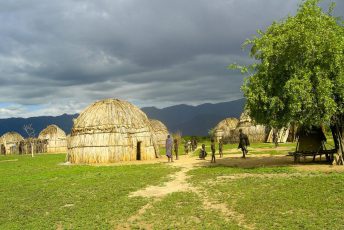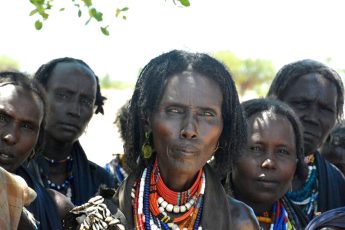Food and Drink
Nothing is more important than the rain. When it comes, the earth suddenly changes its face....
Sorghum
Monotone but still so colorful
Rubbu, sorghum, provides the Arbore with their daily food. Sweet, nutritious, high-yielding and fast-growing are the four main categories into which the Arbore divide their sorghum. It differs fundamentally in color, taste, size and therefore in its use. Emado is white, sweet and extremely popular. Gababo, the dark red sorghum, on the other hand, tastes somewhat bitter, but is grown as a priority because of its high nutritional value and great resistance to pests. The benefit of the somewhat sweet losuro is the high harvest yield, whereas the akado grows faster than average. If you add up all the subvarieties, you will get much more than 100. The Arbore are known among all their neighbors as the specialists for sorghum.
The Arbore harvest twice a year, always at the end of the dry seasons. This time they call 'gar maar‘, 'close to hunger'. Shortly before the harvest, food supplies are almost exhausted and there is work in abundance. All hands are needed in the fields to protect the harvest. From small platforms, the invading flocks of birds must be scared away with whistles and clumps of clay. Otherwise there would be nothing to harvest and nothing to eat.
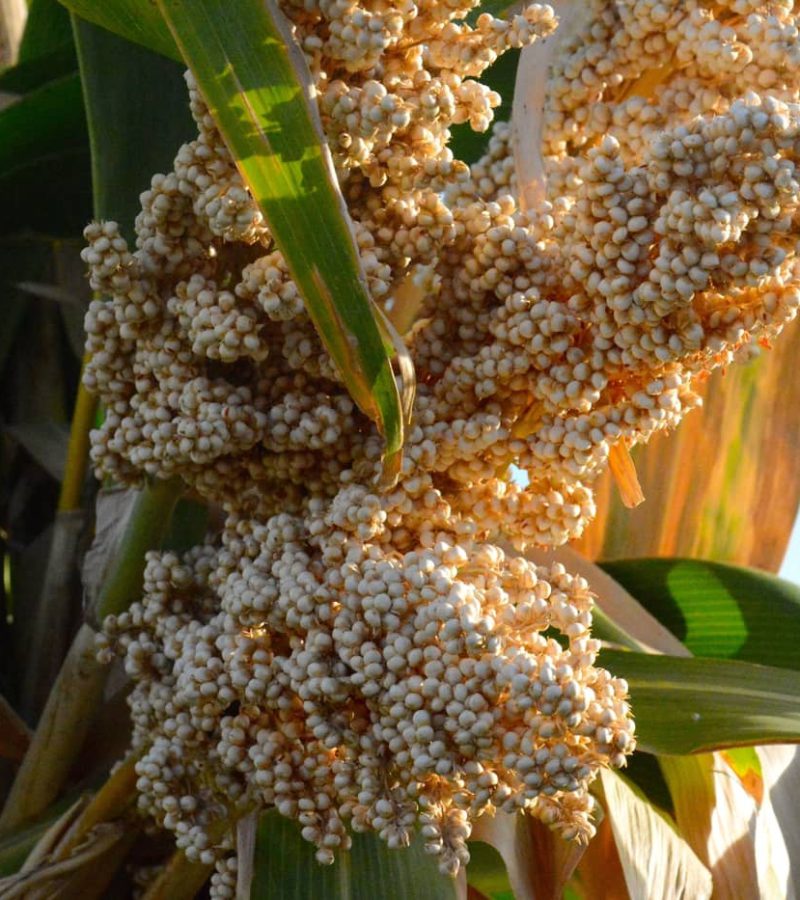
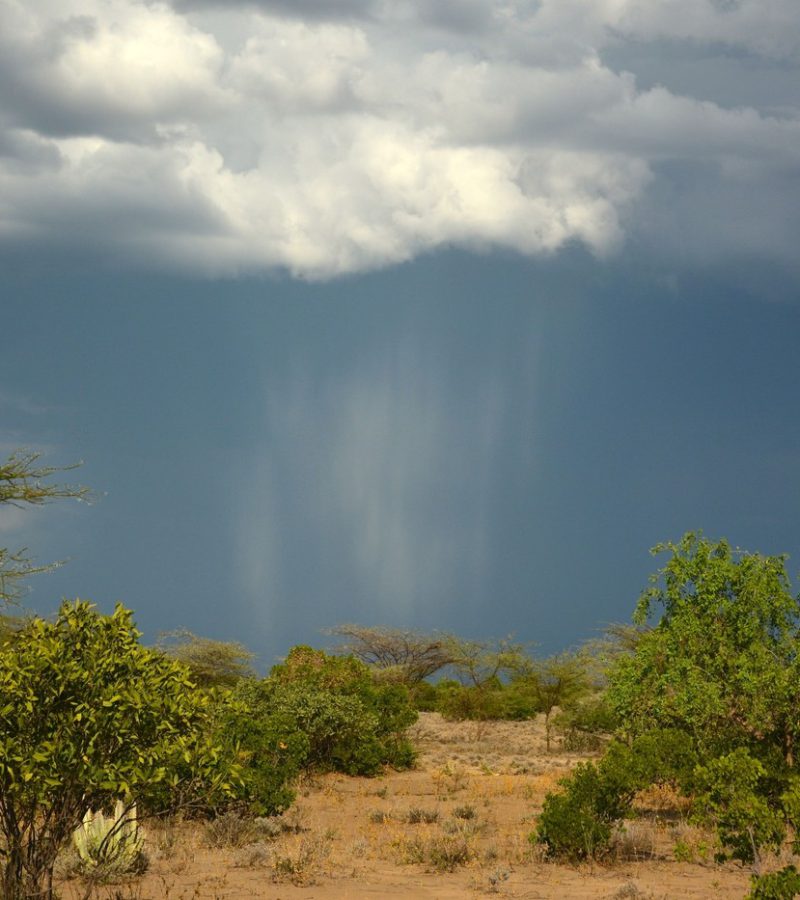
Water
Like man and woman
The two rainy seasons are called guh and hegai. Guh, the big rain, takes place from March to May. It is said to be "like a man", constant, powerful and reliable. The Woito refills with muddy water masses due to the rain and floods the fields. April is the month of black water - bice woatt. Hegai, the small rainy season, on the other hand, is "like a woman" because it does what it wants. Sometimes it exceeds with its amounts of water guh, the strong man, sometimes it gives only a few drops. Or it is something in between.
The dry seasons between guh and hegai just have a single name: maar - hunger. The earth has cracked up, sand devils are forming again and again, racing across the plain. The grass has withered and the herdsmen have to walk long distances with their cattle to still find some green. The river has dried up. The Arbore dig holes in the earth. First knee-deep, then 2, 3 or 4 meters to get water for themselves and their herds.
4 Spots
Daily life and rituals

